BSBG wins Project of the Year at the Architectural Technology Awards 2025
Flexible design relates to a building or a space crafted with a base build that can be repurposed, within…
02 Oct 2025
Experience Loading
Suggestions: architecture engineering design
Words by BSBG Media Team, Monday 03 February 2025
Brewer Smith Brewer Group (BSBG) Associate, Roxanne Djaiji, provides her ideas for this year’s 5 Architecture Trends for 2025.
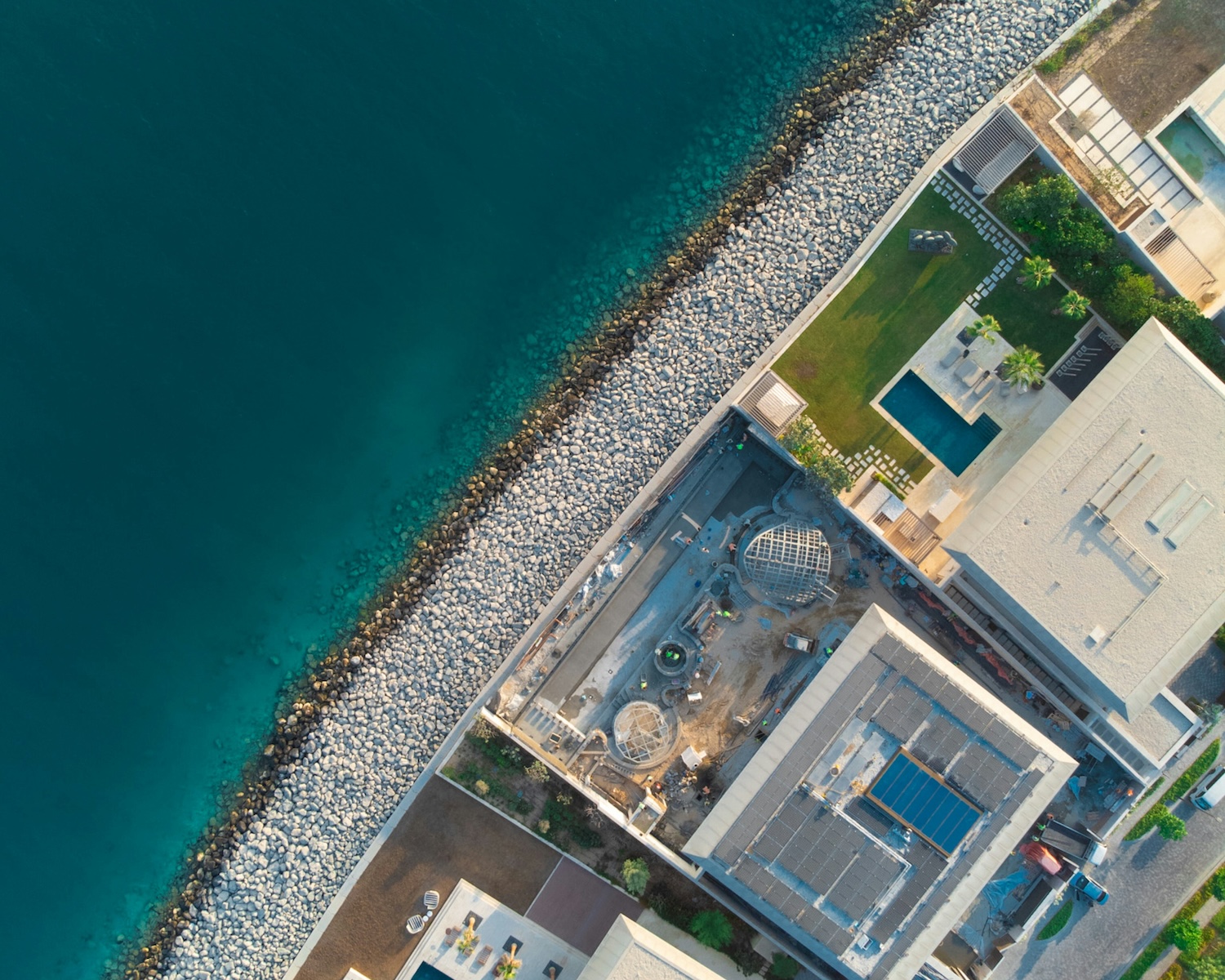
“This first trend reflects the evolving requirements of modern lifestyles, in which homes serve more as an amalgamation of living, working, leisure and wellbeing,” Roxanne says. “Throughout all of our projects, we are prioritising efficient design that adapts, and we’re finding more creative ways to really maximise architectural spaces for a variety of uses, while maintaining comfort.”
Most homes now are designed with living environments that can accommodate multiple purposes within the same physical space. These are spaces that adapt to changing needs and allow for seamless transitions between different activities, such as working from home, exercising, entertaining, or relaxing.
Home offices are one such example, with areas that can double as a workstation during the day but convert to a personal area during non-work hours. However, this hybrid trend goes further than working from home concepts. BSBG’s +studio considers a whole range of ideas when setting out space, including workout areas integrated into living spaces, wellness corners for yoga, meditation, or leisure pursuits, and zoning to offer degree of separation within open plan spaces for different uses. The mission is to make every square foot functional, which is ideal for smaller homes and urban living.
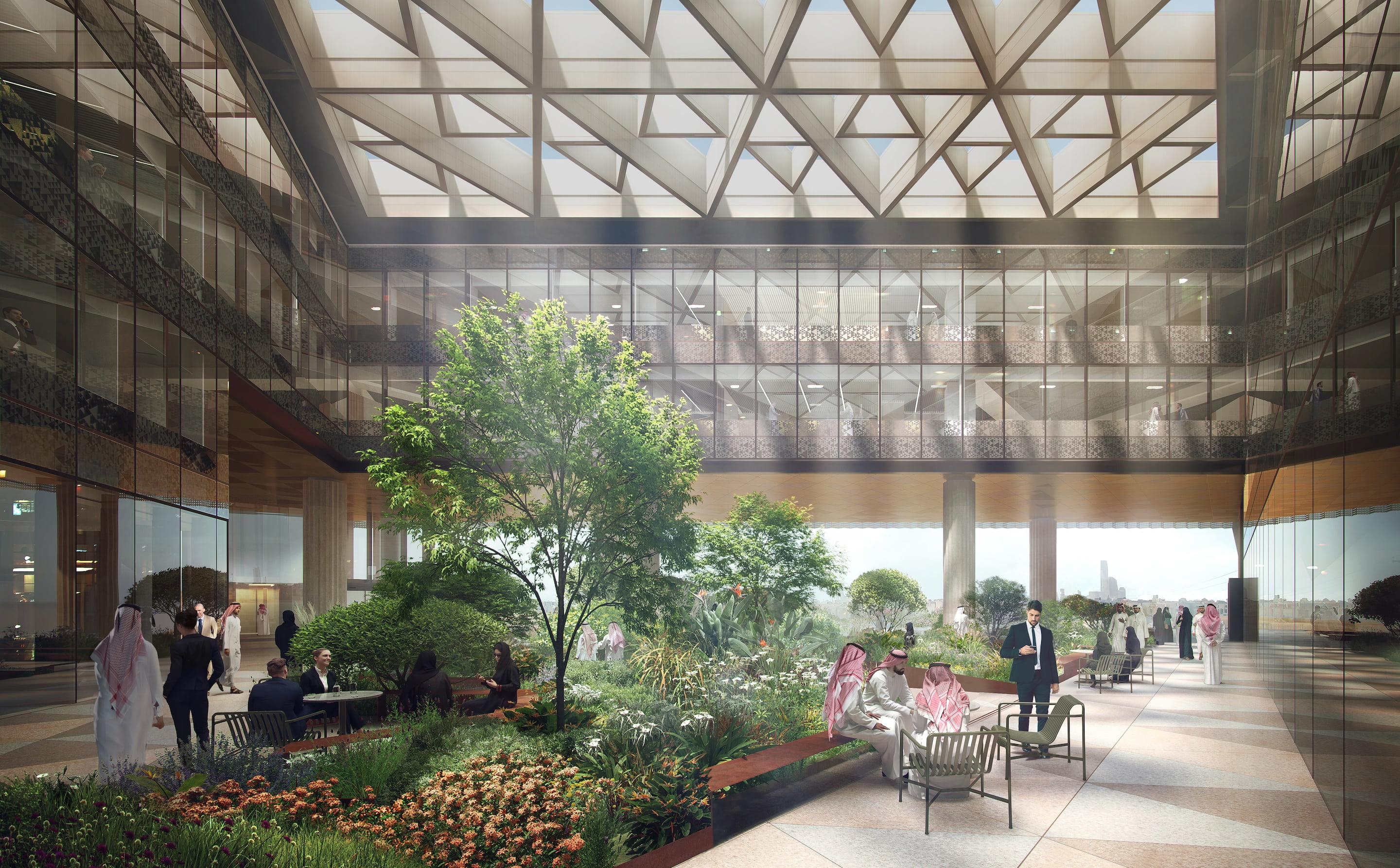
“It’s very high on the priority list now,” Roxanne says when considering the ongoing sustainability and biophilic design trend that continues to feature on this list each year. “In every project we undertake, regardless of whether it’s residential, commercial, or hospitality, sustainability and biophilic design are philosophies that we focus on - prioritising harmony with nature, creating spaces that are environmentally responsible, energy-efficient, and enhance human well-being.”
SHA Emirates, designed by +studio, is one example of the way in which nature can be seamlessly integrated into architectural design, incorporating Indoor greenery, vertical gardens and planters, water features, an abundance of natural light, natural materials, and seamless indoor-outdoor transitions with patios, balconies, and open courtyards.
The outcome of such an approach is not only beneficial to the environment, it also improves the wellbeing and health of all who visit and interact with the architecture.
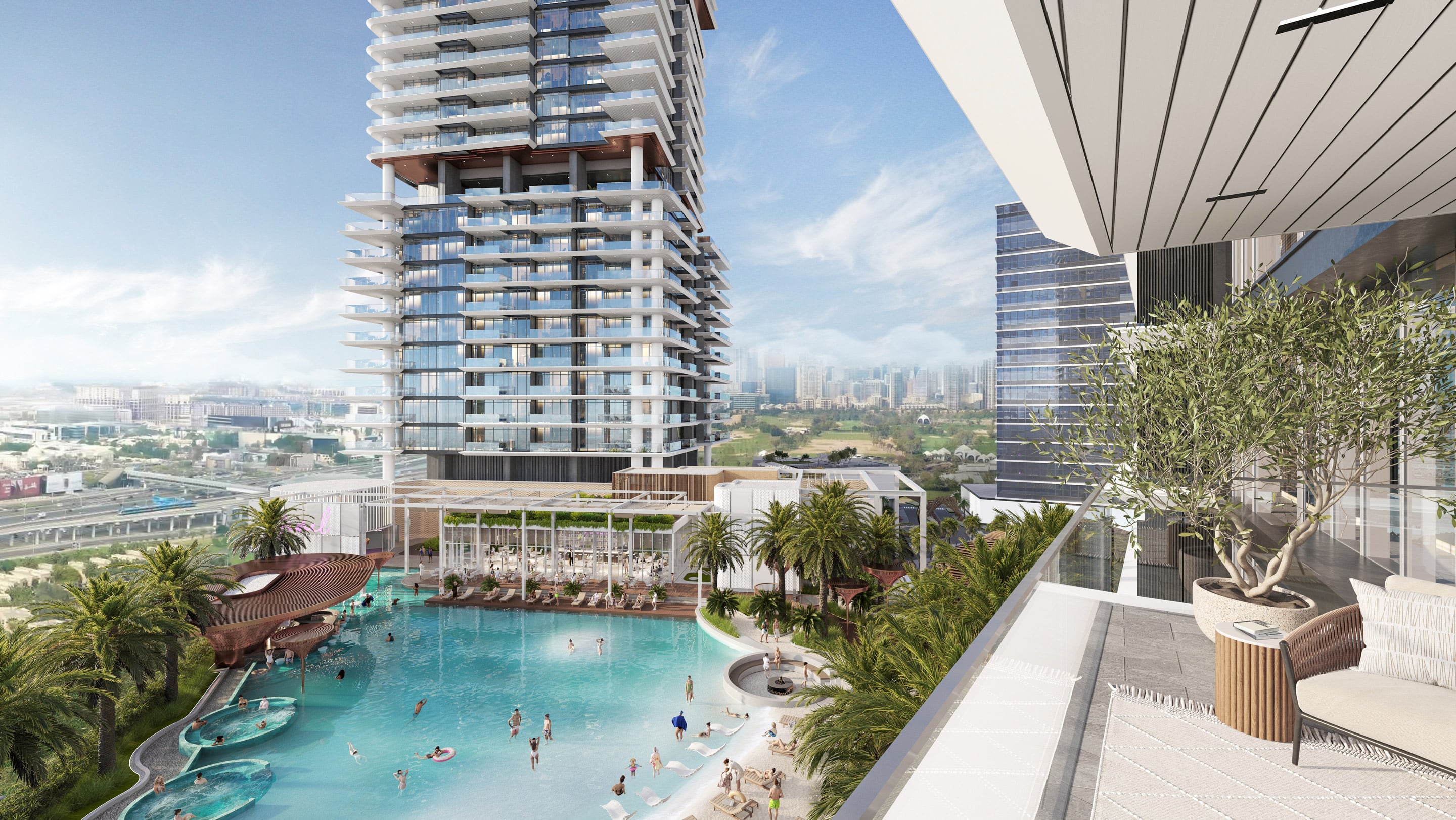
“We’ve been focused in +studio for a number of years on the provision of resort-style amenities within our residential projects,” Roxanne explains. “You can see this throughout our portfolio as a trend that dates back to projects such as Banyan Tree Residences – Hillside Dubai, and we are now continuing it with our Ellington Properties projects and Peninsula 4, The Plaza, among others. But this approach has certainly gained momentum, particularly in Dubai, where residents now expect a certain standard of facilities and amenities within their community. We’re at the forefront of this trend as it continues to emerge.”
Resort-style amenities are luxury features and services increasingly integrated into residential communities with the aim of creating a vacation-like atmosphere, offering comfort, convenience, and a sense of relaxation and indulgence.
Key elements of this trend are the inclusion of swimming pools, in particular infinity and rooftop pools; lush gardens and landscaped areas including courtyards; tennis courts, basketball courts, Padel courts and outdoor fitness areas; spas, saunas and stem rooms; state-of-the-art gyms with modern equipment, yoga studios, and group fitness classes; onsite restaurants, coffee shops and bars; event spaces, children’s play areas, and coworking spaces.
Roxanne continues: “It may seem like a lot of elements to integrate, but these are amenities that we can and do design within our developments as standard, and there are many examples in which we have found creative solutions to ensure the incorporation of these each of these amenities, despite the limitations of space.”
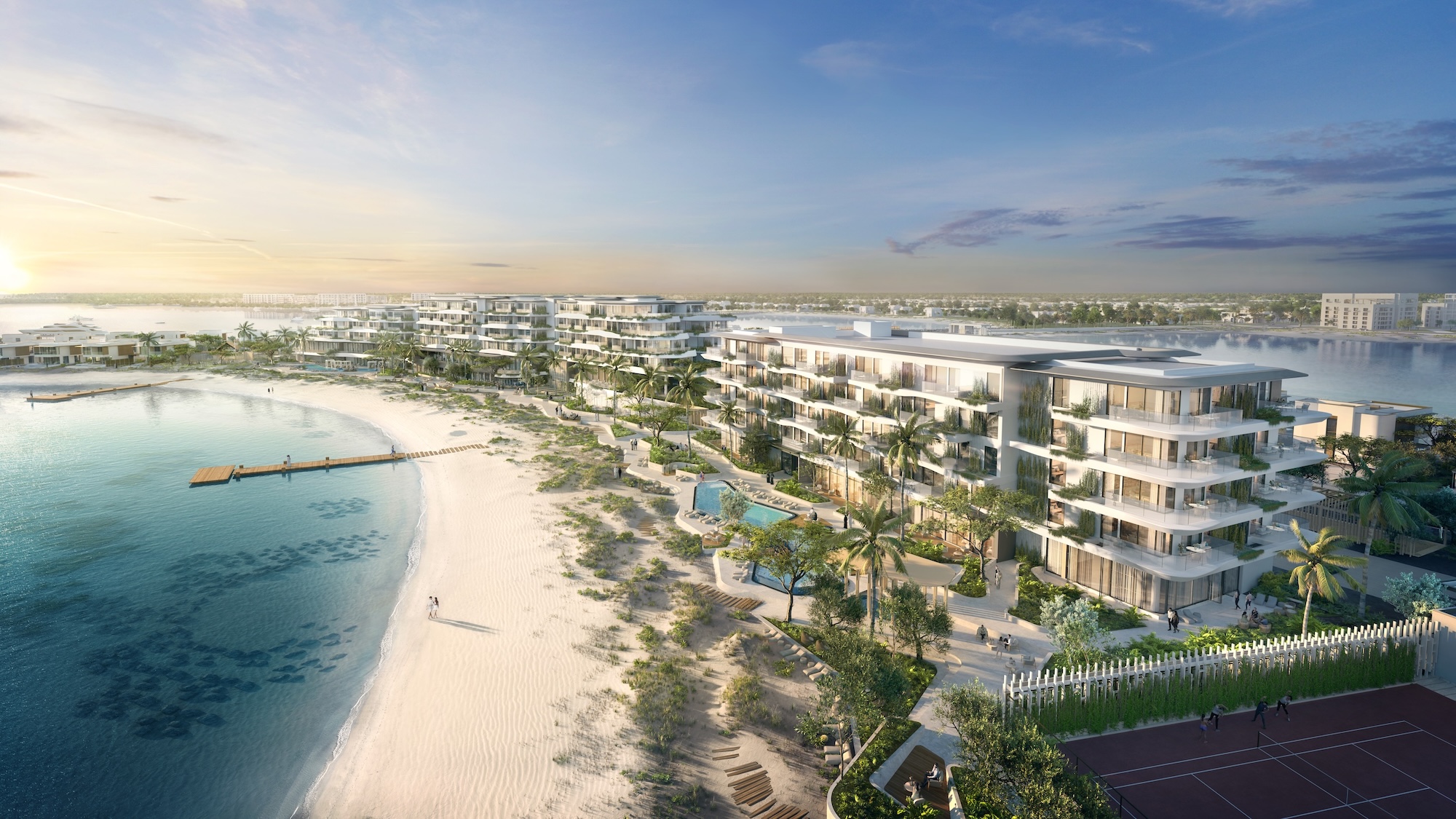
“This one is related to the second trend above, but it is that trend for really zoning in on how our work affects physical, mental, and emotional well-being through thoughtfully designed environments and amenities,” Roxanne says. “We want to promote healthy living and community connection, and as designers our objective must surely be to enhance the overall quality of life for all those that make use of our projects.”
As well as biophilic design, fitness amenities and wellness spaces, this drive for enhanced wellbeing also incorporates the use of healthy building materials that are non-toxic, sustainable, and eco-friendly – directly improving indoor air quality, ensuring clean air and water systems, and landscaped outdoor spaces that are green and vibrant with life. “Exposure to nature positively impacts mental health, and considerations such as light, quality of air and water has a physical impact also,” Roxanne continues. “Certifications like WELL and LEED act as a validation of design that positively impacts wellness, and we are proud to have achieved these accreditations on so many of our projects.”
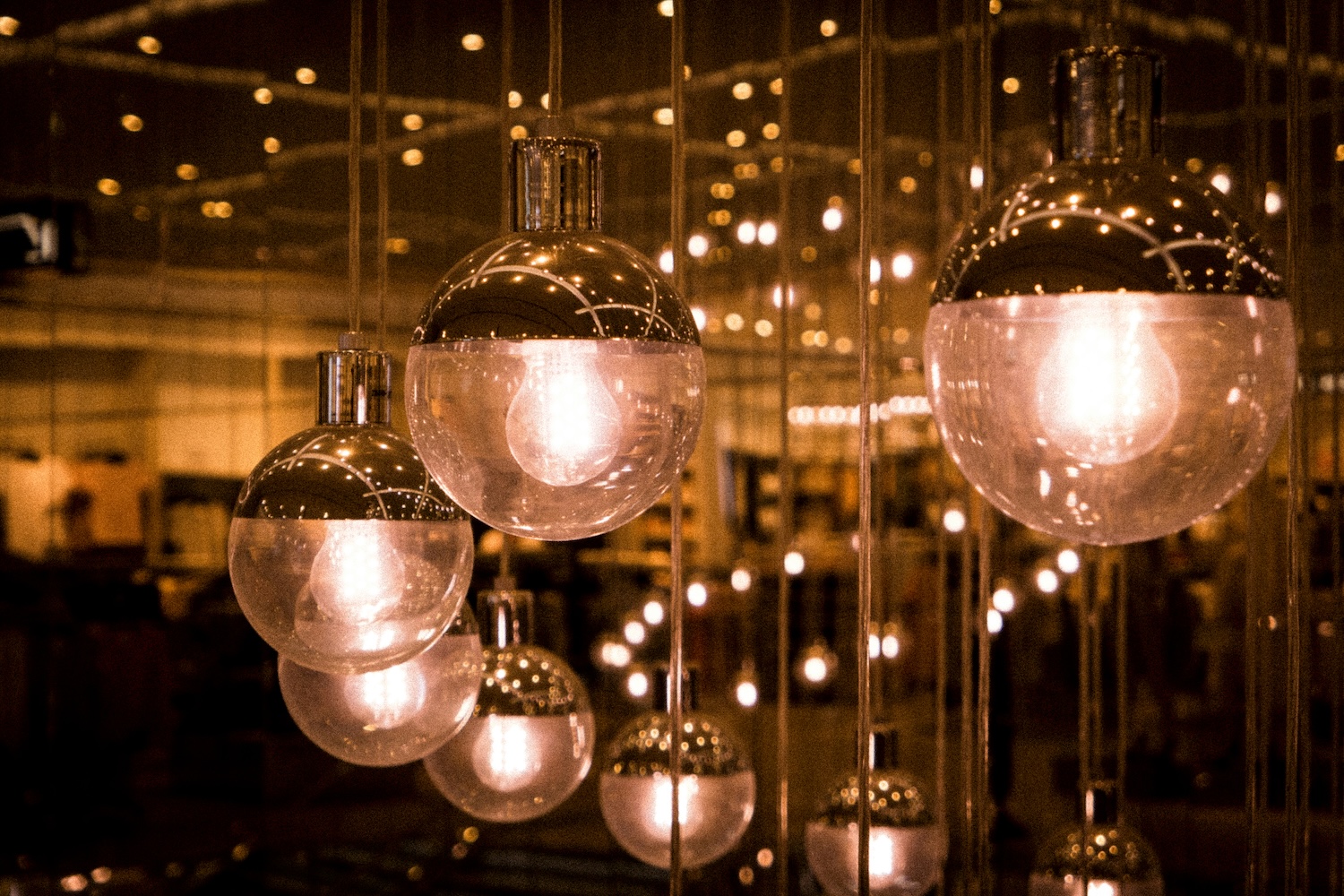
“For my final choice I will go with smart homes and automated spaces. I think we are not far away now from every single home having some form of technology that enhances convenience, security, energy saving, or efficiency,” Roxanne says. “I think it will be the standard moving forward that interconnected devices, sensors, and systems controlled via apps, voice commands, or automation, will be used to create a seamless and intuitive living experience.”
Smart lighting is already commonplace in many homes, but AI-powered systems that control everything from turning on the kettle at the right time, to refrigerators, washing machines, ovens, and vacuum cleaners are now becoming the norm for many households. In addition, the emergence of motion-activated doors, faucets, and lighting is quickly taking hold, and many home systems are even capable of monitoring and learning user preferences over time, to adjust lighting or temperatures automatically at certain times based on previous behaviour.
This trend marks a significant stage in the evolution of living and working environments, as they become ecosystems that prioritise convenience, efficiency, and sustainability, driven by cutting-edge technology and innovation.
Flexible design relates to a building or a space crafted with a base build that can be repurposed, within…
02 Oct 2025Brewer Smith Brewer Group (BSBG) has announced its multiple roles in the delivery of The St. Regis Residences…
25 Sep 2025The team working on Qiddiya Performing Arts Centre provide an overview and update on the project.
02 Sep 2025For better web experience, please use the website in portrait mode